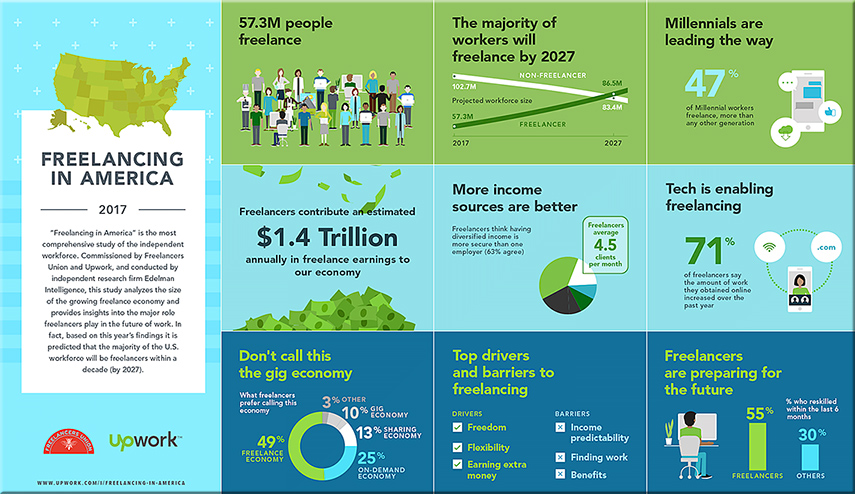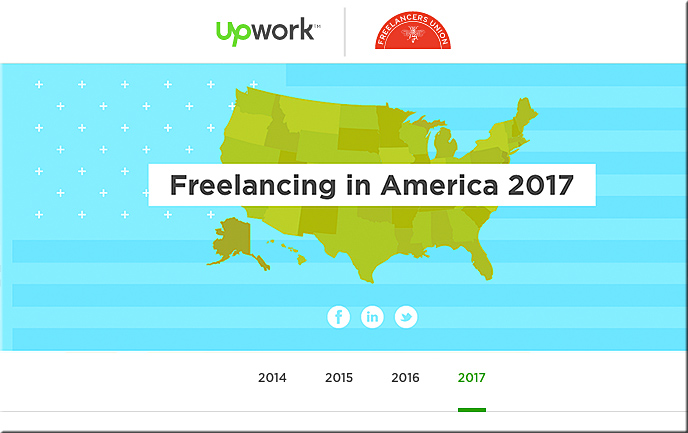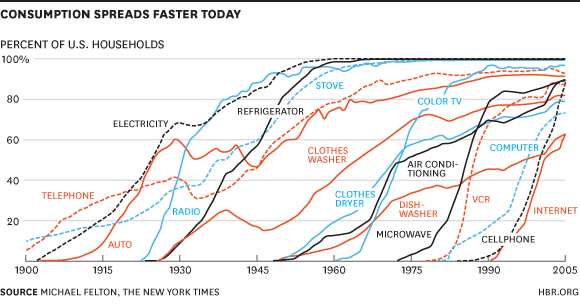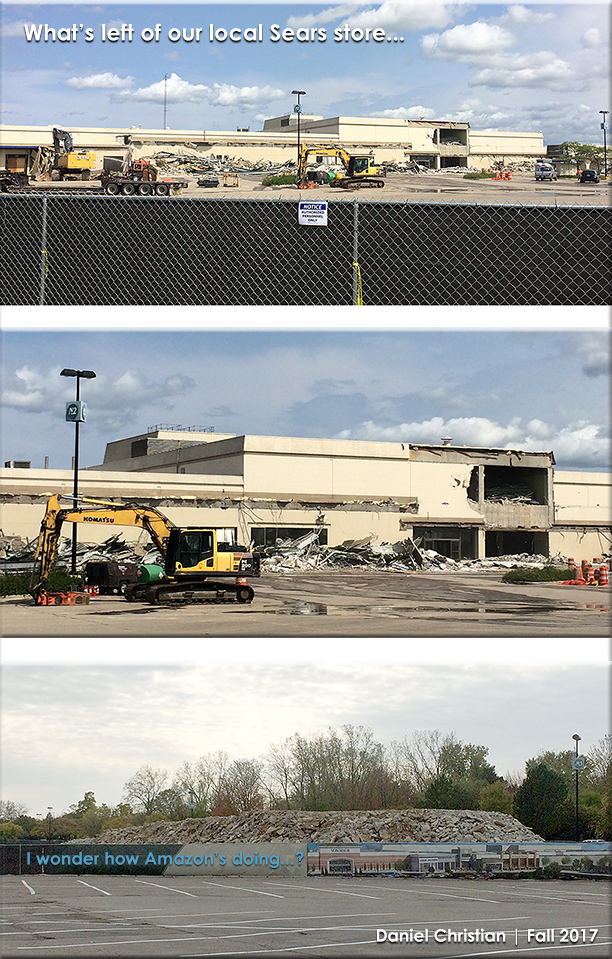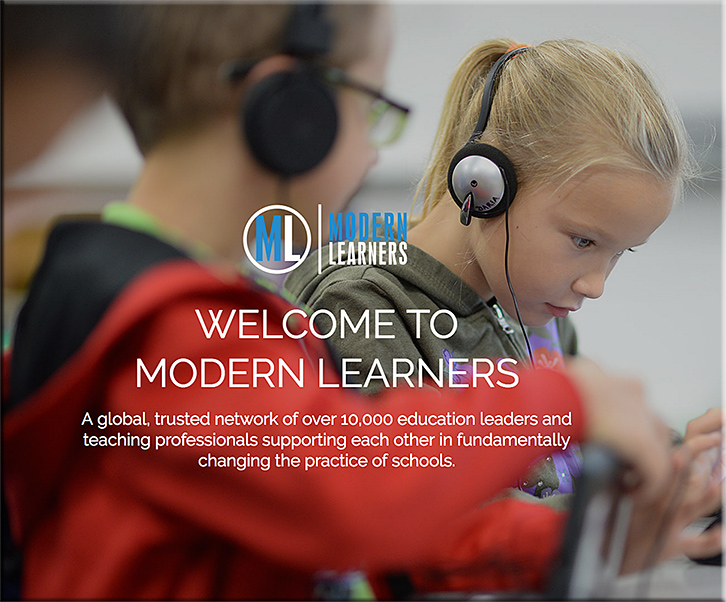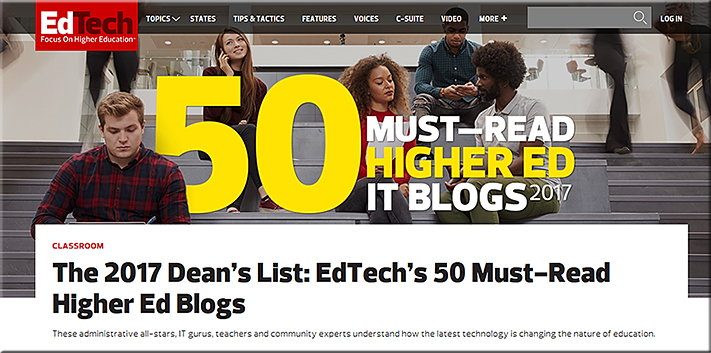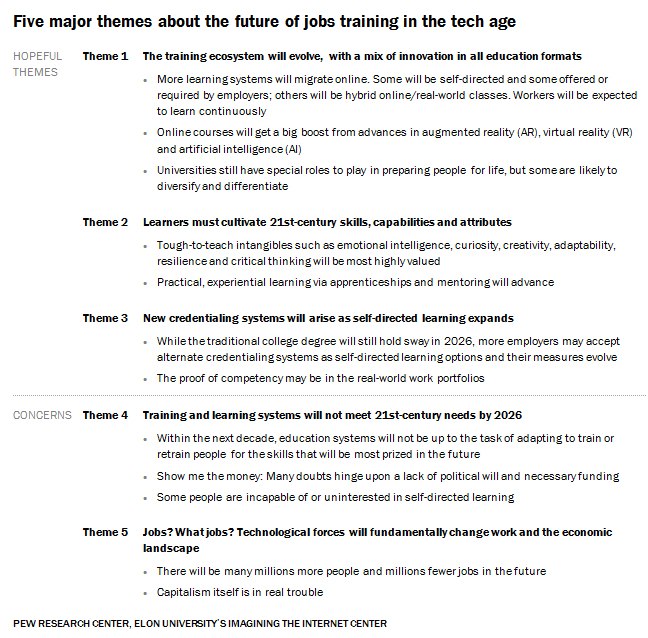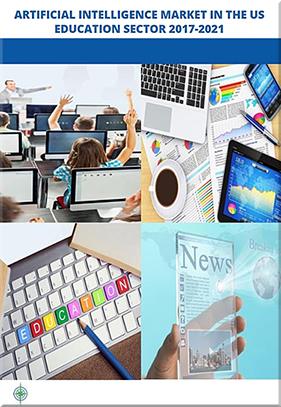Freelancers predicted to become the U.S. workforce majority within a decade, with nearly 50% of millennial workers already freelancing, annual “Freelancing in America” study finds — from globenewswire.com, by Upwork and Freelancers Union
Freelance workforce growth is accelerating and has outpaced overall U.S. workforce growth by 3x since 2014
Work is changing rapidly, FIA finds, due to the impacts of automation, and freelancers are better equipped for the future due to more frequent reskilling
Excerpt:
NEW YORK and MOUNTAIN VIEW, Calif., Oct. 17, 2017 (GLOBE NEWSWIRE) — Upwork and Freelancers Union today released the results of “Freelancing in America: 2017” (FIA), the most comprehensive measure of the U.S. independent workforce. The fourth annual study estimates that 57.3 million Americans are freelancing (36 percent of the U.S. workforce) and contribute approximately $1.4 trillion annually to the economy, an increase of almost 30% since last year. Full study results are available here.
Most notable findings reveal:
- Freelancers are better prepared for the future – As work changes, 54 percent of the U.S. workforce said they’re not very confident that work they do will exist in 20 years. Reskilling is therefore critical. 55 percent of freelancers participated in skill-related education in the last six months versus only 30 percent of non-freelancers.
- The majority of the U.S. workforce will soon freelance – At its current growth rate, we will reach this milestone by 2027.
- People are increasingly freelancing by choice – Asked whether they started freelancing more by choice or necessity, 63 percent of freelancers said by choice — up 10 points (from 53 percent) since 2014.
- Stability is being redefined – Freelancers increasingly think that having a diversified portfolio of clients is more secure than one employer (63 percent agree, up 10 points since 2016) and have an average of 4.5 clients per month.
- While finances are a challenge for all, freelancers experience a unique concern — income predictability. The study found that, with the ebbs and flows of freelancing, full-time freelancers dip into savings more often (63 percent at least once per month versus 20 percent of full-time non-freelancers).
Also see the study at:
From DSC:
Seriously folks, what does this mean for our curriculum?









